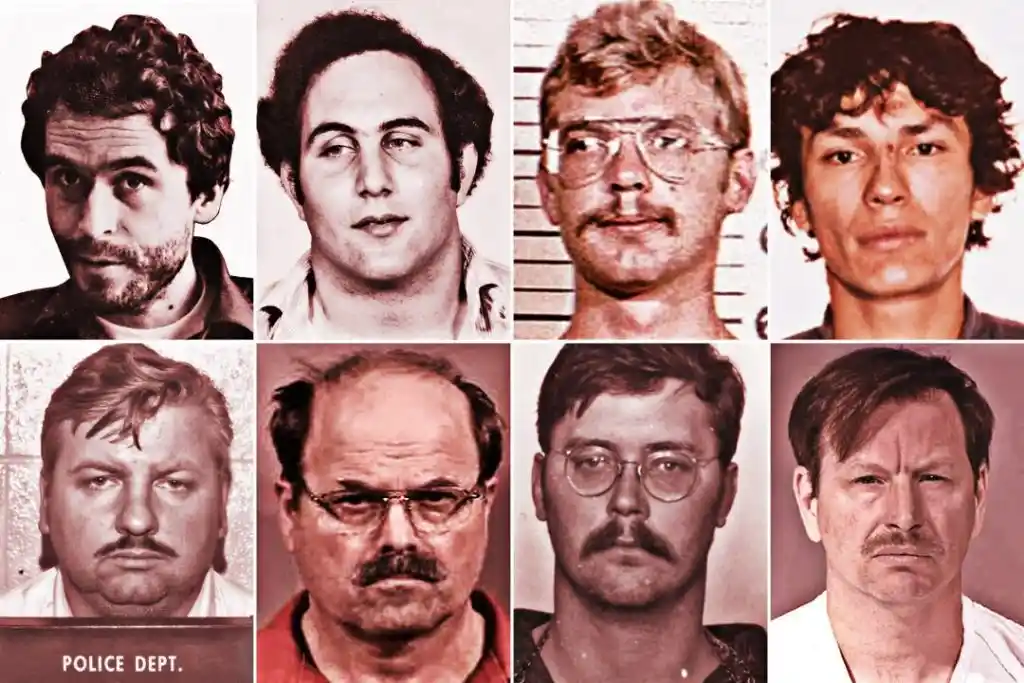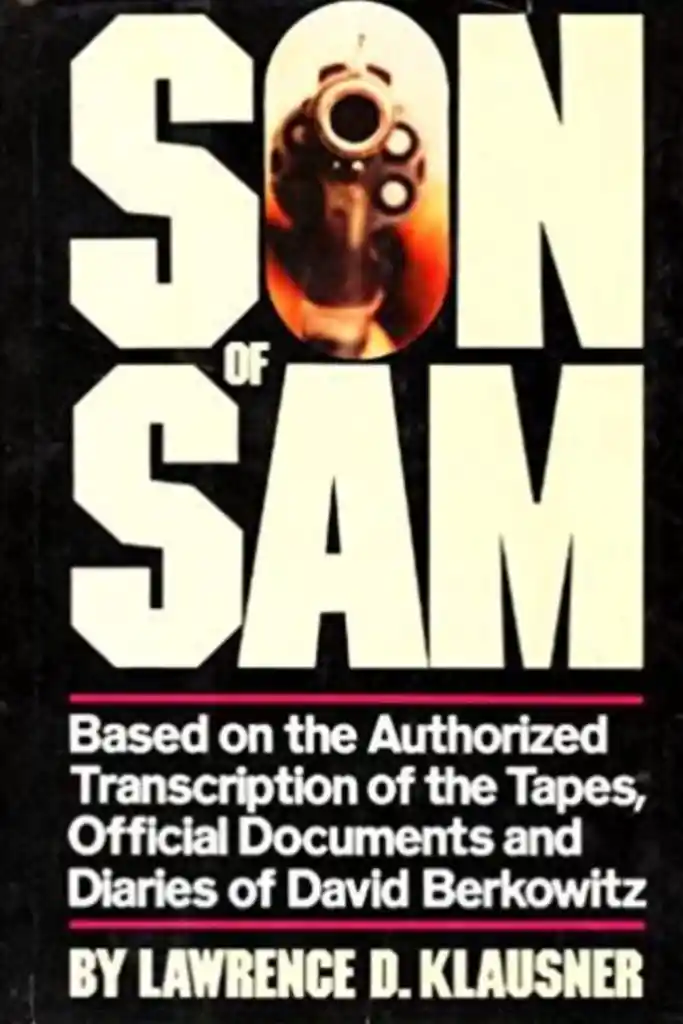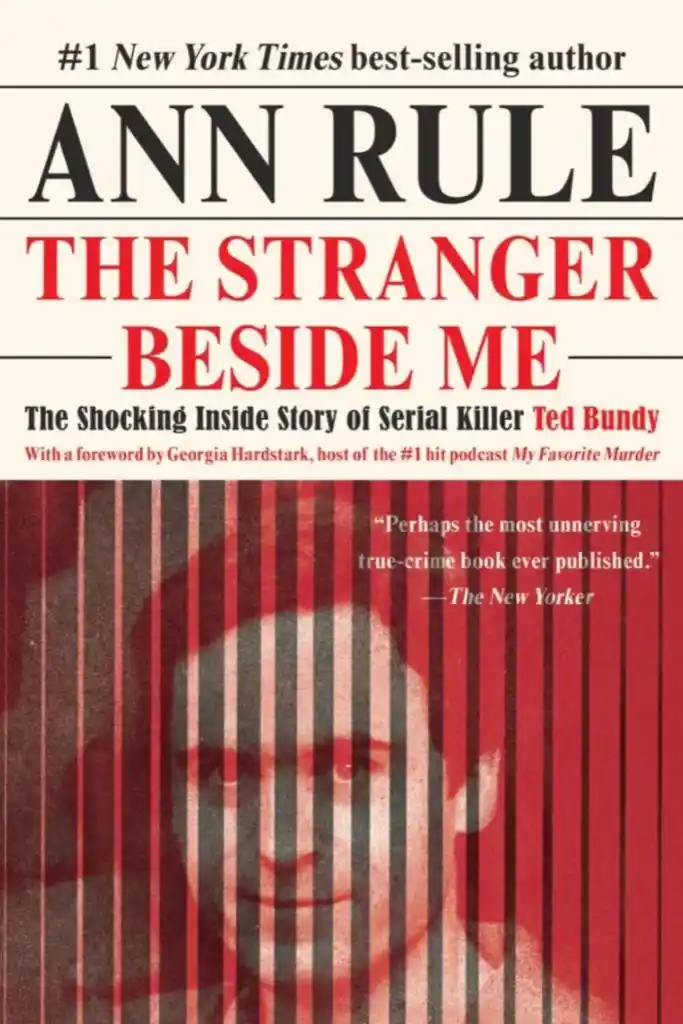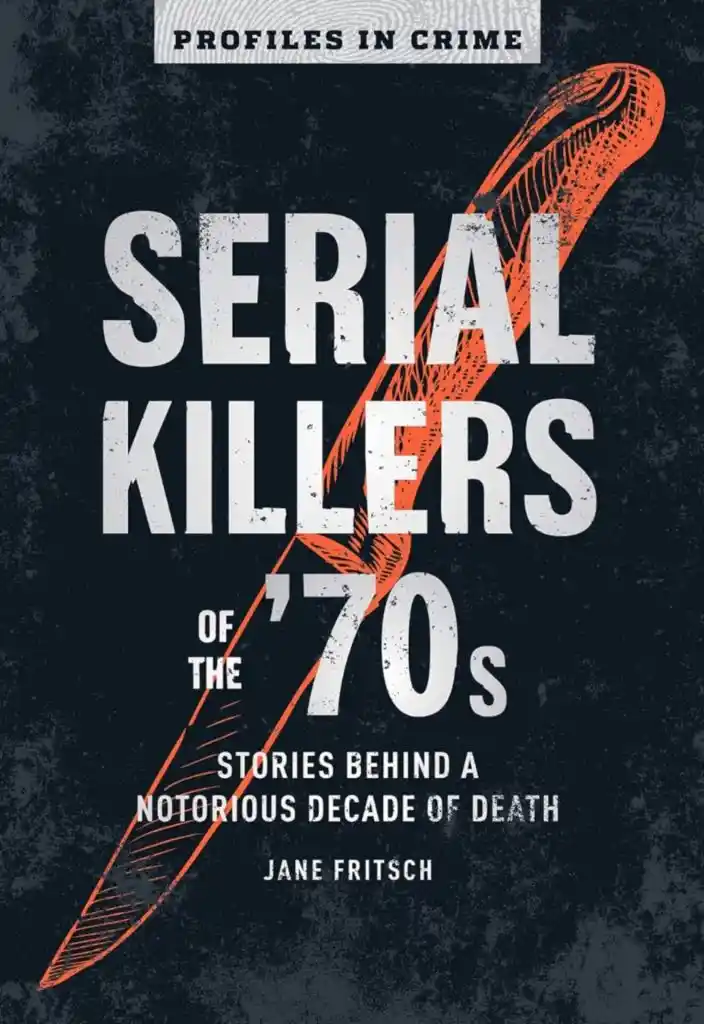The 1970s were notorious for a shocking number of serial killers, from Ted Bundy to the Zodiac Killer. But why were there so many serial killers in the 70s? In this article, we’ll explore the factors that made the 70’s serial killers so prevalent, examining the societal changes and other influences that contributed to this dark chapter in history.
Table of Contents

Factors Why Were There So Many Serial Killers in the 70s
The 1970s are often referred to as the “Golden Age of Serial Murder,” a time when the U.S. saw a significant rise in the number of notorious serial killers. Several factors contributed to this phenomenon:
1. Societal Changes:
- The counterculture movement of the 60s and 70s led to a decrease in social trust and traditional values. This made it easier for serial killers to blend in and operate unnoticed.
- Increased drug use, hitchhiking, and a general sense of anti-establishment sentiment created an environment where vulnerable individuals were more accessible to predators.
2. Law Enforcement Limitations:
- Police agencies across jurisdictions were less connected and lacked the technology and communication tools we have today. This made it difficult to track and connect crimes committed in different areas, allowing serial killers to move freely and avoid detection.
- Forensic science was still developing, and DNA analysis was not yet available. This limited law enforcement’s ability to identify and apprehend serial killers.
3. Media Sensationalism:
- The rise of tabloid journalism and 24-hour news cycles amplified the coverage of serial murders. This not only fed the public’s fascination with the macabre but also potentially inspired copycat killers.
4. Psychological and Sociological Factors:
- Some researchers believe that the post-war era, with its increased mobility and breakdown of traditional communities, led to a rise in feelings of alienation and anomie, potentially contributing to a predisposition towards violent behavior in certain individuals.
5. Improved Identification and Reporting:
- As law enforcement agencies became more aware of the phenomenon of serial murder, they developed better methods for identifying and tracking these cases. This may have led to an increase in the number of identified serial killers, rather than an actual increase in their prevalence.
It’s important to note that the decrease in serial murders since the 1980s is attributed to several factors, including improved law enforcement techniques, increased public awareness, and stricter sentencing laws. However, the exact reasons for the high number of 70’s serial killers remain a topic of debate among criminologists and sociologists.
Similar ” Serial Killers” Crime Stories
- Todd Kohlhepp: The South Carolina Serial Killer and Real Estate Agent
- Ted Bundy: The Charismatic Serial Killer Who Terrorized America
- 5 Infamous Serial Killers That Were Never Caught
Read ” Son of Sam: Based on the Authorized Transcription of the Tapes, Official Documents and Diaries of David Berkowitz”

Son of Sam by Lawrence D. Klausner: This book explores the life and crimes of David Berkowitz, the “Son of Sam” killer who terrorized New York City in 1976-1977.
Read ” The Stranger Beside Me”

The Stranger Beside Me by Ann Rule: This chilling true crime account tells the story of Ted Bundy, one of the most infamous serial killers of the 20th century, from the perspective of his friend and coworker.
Read ” The Encyclopedia of Serial Killers”

The Encyclopedia of Serial Killers by Michael Newton: This comprehensive encyclopedia provides detailed profiles of over 500 serial killers, including many active in the 1970s.
Read ” Serial Killers of the ’70s: Stories Behind a Notorious Decade of Death”

The 1970s weren’t just about Watergate, disco, and gas lines. It was also a chilling era of notorious serial killers. While names like Ted Bundy and David Berkowitz (Son of Sam) haunted headlines, lesser-known figures like Coral Eugene Watts (the “Sunday Morning Slasher”), Edmund Kemper (the “Co-Ed Killer”), and Rodney Alcala (the “Dating Game Killer”) left equally horrifying marks. This collection of profiles delves into the lives and crimes of these killers, both infamous and obscure. Discover the motivations and methods behind their terrifying deeds, and uncover the dark secrets that lurked beneath the surface of a seemingly carefree decade.
FAQs
What are some notable serial killers in the 70s?
Several notorious serial killers emerged in the 1970s, including Ted Bundy, whose heinous crimes spanned multiple states; John Wayne Gacy, known for his gruesome murders in Chicago; and David Berkowitz, infamously known as the “Son of Sam.” These individuals gained significant media attention and contributed to the heightened awareness of serial killers during this decade.
Does Gen Z commit less crimes?
For the most recent generation, those born in 1993 and later, the criminal offending rate is 20 to 25 percent lower than for all previous generations.
Were there any common characteristics among serial killers in the 70s?
Many serial killers from the 1970s shared certain characteristics, such as a history of abuse or trauma, a lack of empathy, and a tendency towards manipulative behavior. However, each individual case is unique, and understanding these common traits requires a comprehensive analysis of their personal backgrounds and psychological profiles.
Did the 70’s serial killers have a unique pattern or trend compared to other decades?
The 1970s saw a distinctive pattern in serial killing, characterized by a higher media focus and increased public awareness. While serial killing is not unique to this decade, the high-profile cases and media coverage of the time created a heightened perception of its prevalence.